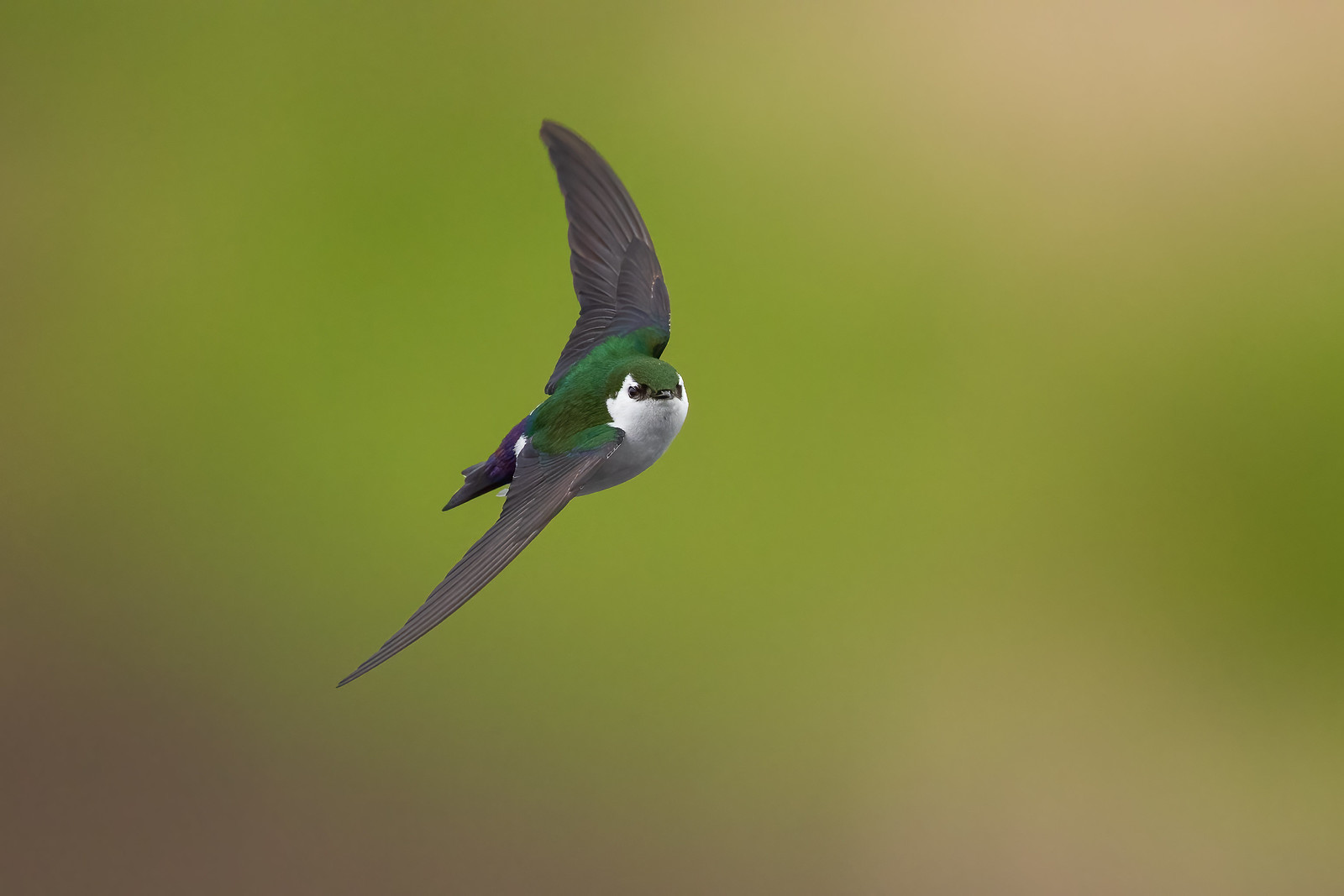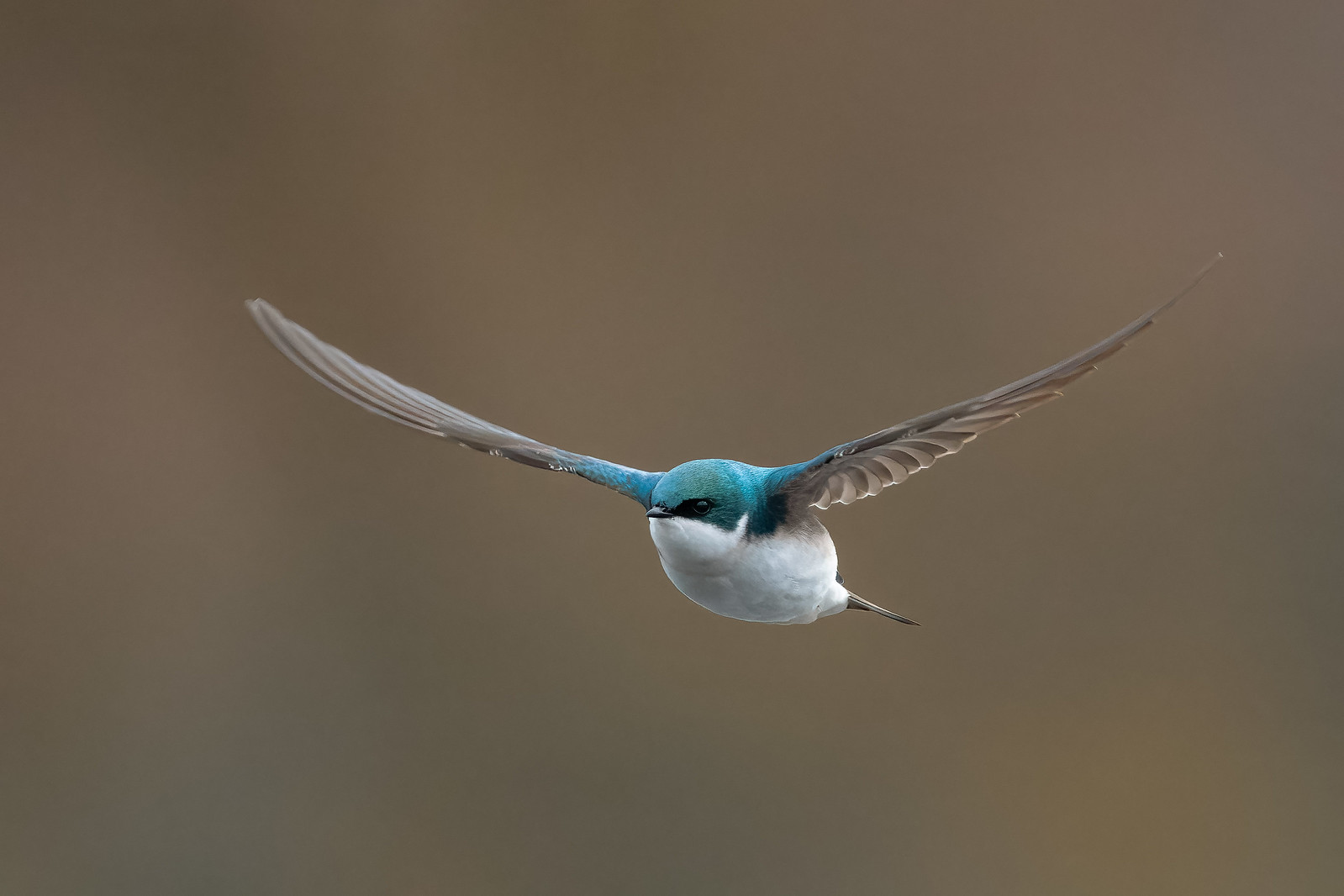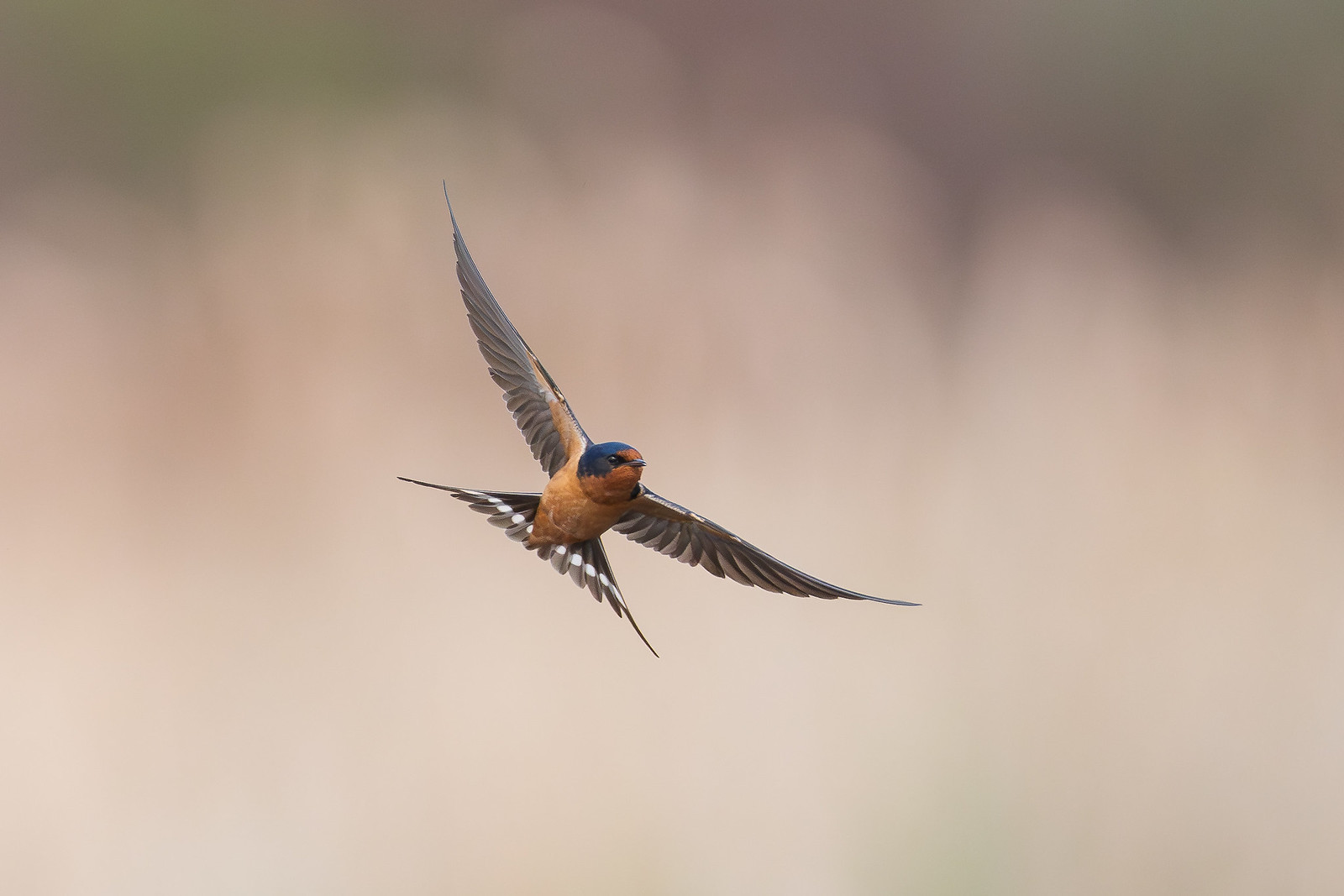bcaress
New member
I need advice. How the heck do you get a picture of a swallow in flight? I tried to follow them until I felt like one of the three stooges and was dizzy to boot. All suggestions will be appreciated.
If you would like to post, you'll need to register. Note that if you have a BCG store account, you'll need a new, separate account here (we keep the two sites separate for security purposes).
 August 21, 2021-6.jpg by Bird/Wildlife Photos, on Flickr
August 21, 2021-6.jpg by Bird/Wildlife Photos, on Flickr April 01, 2022-4.jpg by Bird/Wildlife Photos, on Flickr
April 01, 2022-4.jpg by Bird/Wildlife Photos, on Flickr April 02, 2020.jpg by Bird/Wildlife Photos, on Flickr
April 02, 2020.jpg by Bird/Wildlife Photos, on Flickr April 12, 2019.jpg by Bird/Wildlife Photos, on Flickr
April 12, 2019.jpg by Bird/Wildlife Photos, on Flickr March 26, 2023-2.jpg by Bird/Wildlife Photos, on Flickr
March 26, 2023-2.jpg by Bird/Wildlife Photos, on Flickr April 05, 2020.jpg by Bird/Wildlife Photos, on Flickr
April 05, 2020.jpg by Bird/Wildlife Photos, on Flickr June 28, 2019.jpg by Bird/Wildlife Photos, on Flickr
June 28, 2019.jpg by Bird/Wildlife Photos, on Flickr May 22, 2020.jpg by Bird/Wildlife Photos, on Flickr
May 22, 2020.jpg by Bird/Wildlife Photos, on Flickr April 30, 2023-2.jpg by Bird/Wildlife Photos, on Flickr
April 30, 2023-2.jpg by Bird/Wildlife Photos, on Flickr July 11, 2021.jpg by Bird/Wildlife Photos, on Flickr
July 11, 2021.jpg by Bird/Wildlife Photos, on FlickrWHAT a tremendous set of images!As fast as SS as light levels allow.
IS/VR/OSS.....OFF
Highest FPS your camera has.
Usually easier to use a high MP body and shoot a bit wider to make use of cropping
Best to use a stacked sensor MILC or DSLR. The only non-stacked sensor MILC I'd want to use is R5.
Practice, practice, practice
But all that said, the number one technique that has allowed me to get good swallow shots with all sorts of cameras is having a camera/lens system that allows DMF. Manual focus to help out the AF is what gets me my success with swallows. Any Canon DSLR or RF with latest FW. Any Nikon DSLR or Z. For Sony only 70-200/2.8II, 400GM, 600GM OR A7RV body with new DMF software option (although A7RV not really a great swallow camera).
Here is just a small taste of some swallows over the past few years with a number of systems....
Canon R5:
August 21, 2021-6.jpg by Bird/Wildlife Photos, on Flickr
Canon R3:
April 01, 2022-4.jpg by Bird/Wildlife Photos, on Flickr
D500:
April 02, 2020.jpg by Bird/Wildlife Photos, on Flickr
D850:
April 12, 2019.jpg by Bird/Wildlife Photos, on Flickr
Z9:
March 26, 2023-2.jpg by Bird/Wildlife Photos, on Flickr
A7RIV:
April 05, 2020.jpg by Bird/Wildlife Photos, on Flickr
A9:
June 28, 2019.jpg by Bird/Wildlife Photos, on Flickr
A9II:
May 22, 2020.jpg by Bird/Wildlife Photos, on Flickr
A7RV:
April 30, 2023-2.jpg by Bird/Wildlife Photos, on Flickr
A1:
July 11, 2021.jpg by Bird/Wildlife Photos, on Flickr
That last one Is a beauty !As fast as SS as light levels allow.
IS/VR/OSS.....OFF
Highest FPS your camera has.
Usually easier to use a high MP body and shoot a bit wider to make use of cropping
Best to use a stacked sensor MILC or DSLR. The only non-stacked sensor MILC I'd want to use is R5.
Practice, practice, practice
But all that said, the number one technique that has allowed me to get good swallow shots with all sorts of cameras is having a camera/lens system that allows DMF. Manual focus to help out the AF is what gets me my success with swallows. Any Canon DSLR or RF with latest FW. Any Nikon DSLR or Z. For Sony only 70-200/2.8II, 400GM, 600GM OR A7RV body with new DMF software option (although A7RV not really a great swallow camera).
Here is just a small taste of some swallows over the past few years with a number of systems....
Canon R5:
August 21, 2021-6.jpg by Bird/Wildlife Photos, on Flickr
Canon R3:
April 01, 2022-4.jpg by Bird/Wildlife Photos, on Flickr
D500:
April 02, 2020.jpg by Bird/Wildlife Photos, on Flickr
D850:
April 12, 2019.jpg by Bird/Wildlife Photos, on Flickr
Z9:
March 26, 2023-2.jpg by Bird/Wildlife Photos, on Flickr
A7RIV:
April 05, 2020.jpg by Bird/Wildlife Photos, on Flickr
A9:
June 28, 2019.jpg by Bird/Wildlife Photos, on Flickr
A9II:
May 22, 2020.jpg by Bird/Wildlife Photos, on Flickr
A7RV:
April 30, 2023-2.jpg by Bird/Wildlife Photos, on Flickr
A1:
July 11, 2021.jpg by Bird/Wildlife Photos, on Flickr
Brilliant advice but fantastic series of shots, some stunning, stunning captures of beautiful birds in there.As fast as SS as light levels allow.
IS/VR/OSS.....OFF
Highest FPS your camera has.
Usually easier to use a high MP body and shoot a bit wider to make use of cropping
Best to use a stacked sensor MILC or DSLR. The only non-stacked sensor MILC I'd want to use is R5.
Practice, practice, practice
But all that said, the number one technique that has allowed me to get good swallow shots with all sorts of cameras is having a camera/lens system that allows DMF. Manual focus to help out the AF is what gets me my success with swallows. Any Canon DSLR or RF with latest FW. Any Nikon DSLR or Z. For Sony only 70-200/2.8II, 400GM, 600GM OR A7RV body with new DMF software option (although A7RV not really a great swallow camera).
Here is just a small taste of some swallows over the past few years with a number of systems....
Canon R5:
August 21, 2021-6.jpg by Bird/Wildlife Photos, on Flickr
Canon R3:
April 01, 2022-4.jpg by Bird/Wildlife Photos, on Flickr
D500:
April 02, 2020.jpg by Bird/Wildlife Photos, on Flickr
D850:
April 12, 2019.jpg by Bird/Wildlife Photos, on Flickr
Z9:
March 26, 2023-2.jpg by Bird/Wildlife Photos, on Flickr
A7RIV:
April 05, 2020.jpg by Bird/Wildlife Photos, on Flickr
A9:
June 28, 2019.jpg by Bird/Wildlife Photos, on Flickr
A9II:
May 22, 2020.jpg by Bird/Wildlife Photos, on Flickr
A7RV:
April 30, 2023-2.jpg by Bird/Wildlife Photos, on Flickr
A1:
July 11, 2021.jpg by Bird/Wildlife Photos, on Flickr


Great images Lance!
My Z9 is in the shop (replacement of rubber secure lock cover) and my 800mm order is about to celebrate its first birthday. Nevertheless, after my post above I headed out to a local pond with swallows in mind. One additional important factor is wind. If it's windy it's best to be upwind of the birds in flight. If the subjects are approaching you from upwind, their air speed makes the challenge of getting the frame that much harder. On the other hand, if they are flying toward you against the wind their wind speed is checked increasing your chances. I took the attached photo of a barn swallow flying upwind. It's heavily cropped and soft, as so many of my images are
, but another stepping stone in the right direction.
View attachment 60670
By heck Lance they are a bit good to say the least.Some great advice given here so far. I did my real first attempt at Swallow photos the other day with my Z9 + 800 PF and had some decent success. I am no expert in Swallow photos by any stretch but I did observe and ended up lucky with about 10 shots but only a few with decent wing position and a few had the nicitating membrane over the eye. This was more of a "something to do whilst photographing other birds" on the pond type scenario as I am not into photographing Swallows. It was more of a "let's see what the Z9 + 800 PF can do" and was reasonably impressed. I was a long way away from them as I wanted to be able to follow their action without losing them in frame with such a long lens. This was a very large pond and they were flying all over the place and this was just a lucky sequence. These are heavily cropped.
Z9 + 800 PF, 1/4000s f/6.3 at 800.0mm iso2000

Z9 + 800 PF, 1/4000s f/6.3 at 800.0mm iso2500

Thank you very much, Gordon. Much appreciated!By heck Lance they are a bit good to say the least.

Tree swallows perform sky ballet known as 'murmuration' as they prepare to migrate north. Every year as the weather gets warmer down south, tree swallows begin the process of migrating back north. Murmuration are the shots I wish to take -- and these are landscape shots (often better as vids) rather than trying to track individual birds. Which are difficult to achieve great shots, unless you are @Kadaver81 .
Practice, and watching the flight patterns a few times before you bring the camera up.I need advice. How the heck do you get a picture of a swallow in flight? I tried to follow them until I felt like one of the three stooges and was dizzy to boot. All suggestions will be appreciated.
